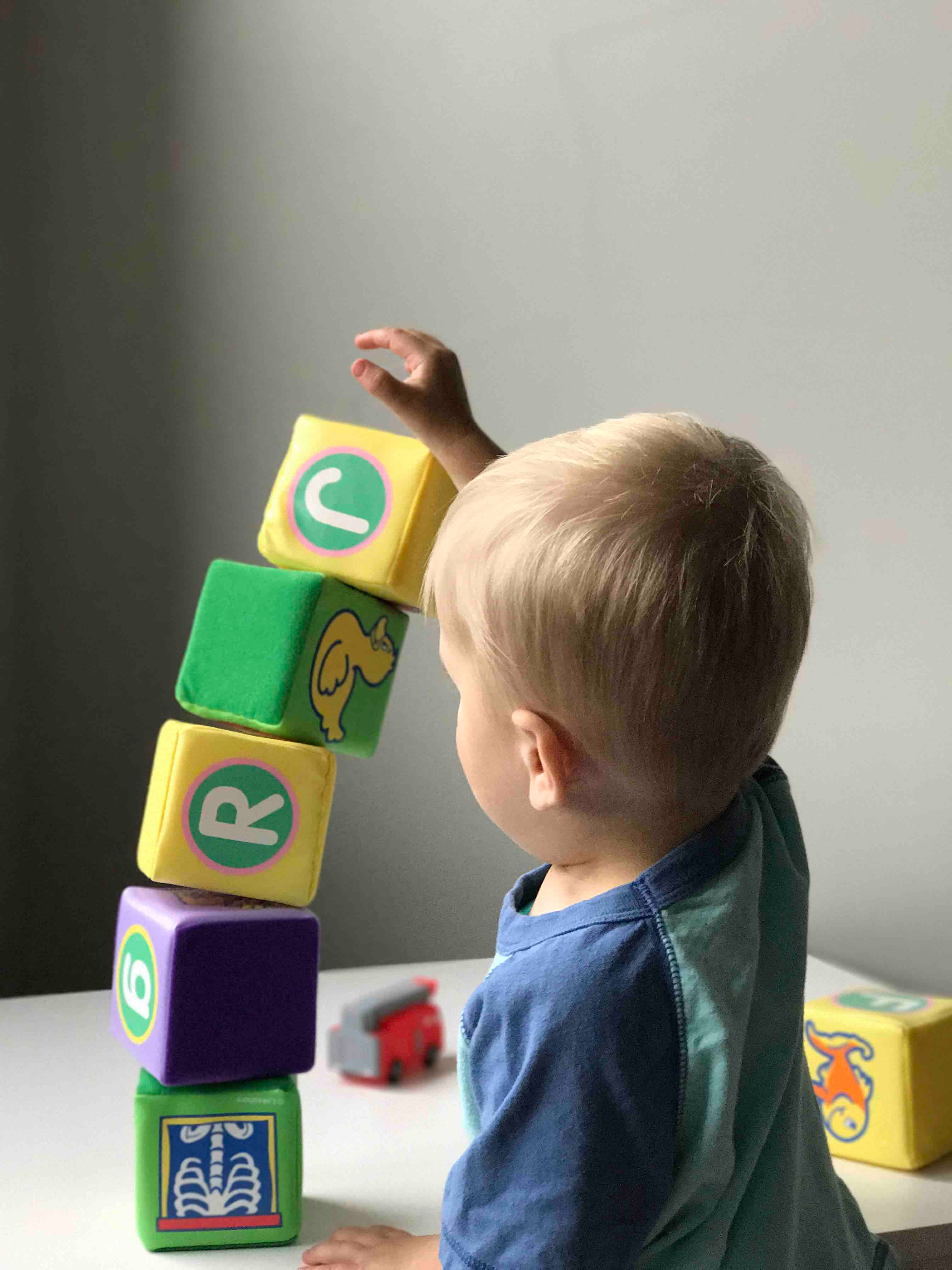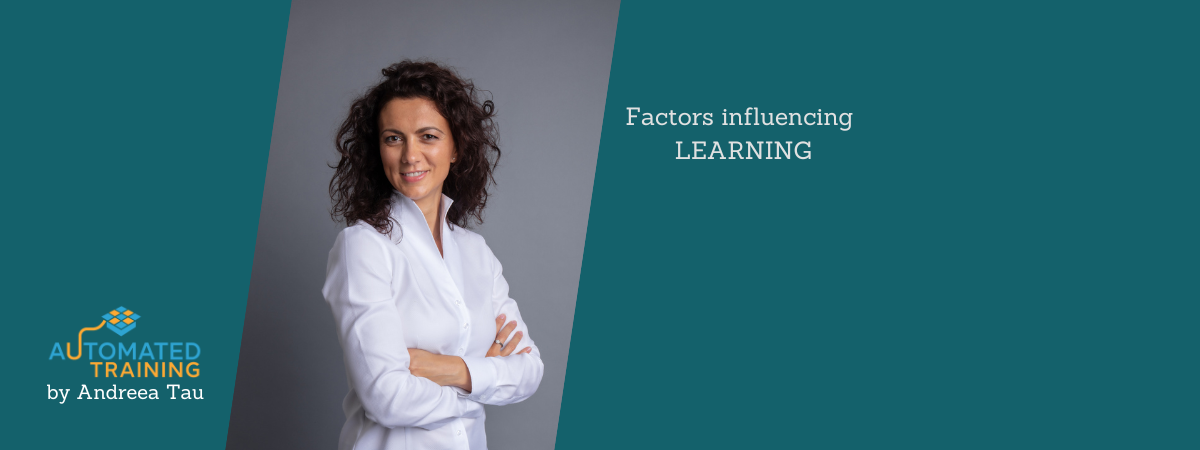We learn all our lives, intentionally or instinctively, but do we know the meaning of learning?
“Genius without education is like silver in the mine” (Benjamin Franklin)
Learning = education?
In this article, I would like to explain with simple words what learning means and how it takes place in the brain.
- The meaning of learning by definitions
- The meaning of learning by cognitive science
- The meaning of learning by neuroscience
- The learning process
Babies learn everything without being taught to learn. Although we are not taught to learn we do it instinctively. At the age of seven, we go to school and continue to learn instinctively because we have no “learning” class. We learn many subjects besides how to learn. This one we have to figure out by ourselves.
“We are born capable of learning, but knowing nothing, perceiving nothing.”(Jean-Jacques Rousseau)
The meaning of learning by definitions
Let’s see some definitions.
1. The meaning of learning given by the dictionary is:
“the acquisition of knowledge or skills through study, experience, or being taught.”
2. The meaning given by a cognitive neuroscientist, Stanislas Dehaene, is:
“to learn is to form an internal model of the external world. You might not mot be aware of it, but your brain has acquired thousands of internal models of the outside world”.
3. The meaning of learning according to neurobiology: “learning involves brain changes and it involves working memory and long-term memory”.
I will go one by one through the definitions and explain how learning happens in order to be able to improve it.
The purpose of learning is the acquisition of skills and knowledge, this makes the first definition pretty obvious. Any further explanations would be redundant.
The relevant questions here would be: how do we acquire the knowledge? how do we store it?
The meaning of learning by cognitive science
A partial response comes from the definition of Stanislas Dehaene. When it comes to learning, we create an internal model of the external world. This does not refer to how we perceive the outside world, the world is perceived differently by each of us because it is created in our mind, by our mind. It refers to how we store knowledge and information about the world. We learn by building models.
“The brain converts your perceptions into chemical and electrical changes that form a mental representation of the patterns you’ve observed” (Brown, Roediger III, McDaniel – make it stick)
The better you can learn a subject the more precise is the internal model that represents it. Wrong information or wrong understanding of the learned information will contribute to the formation of wrong models.
Just an example of a wrong mental model. A geography teacher tested his students’ knowledge about the shape of the earth, in the very first class. All of them knew that the earth was round, but when they were asked to make a graphical representation of it, they draw a circle, not a sphere. Or they said: “the earth is round like a pie”.
Some of them had imagined the earth round but flat and this is such a wrong internal model. In such cases, the internal model has to be corrected.
The meaning of learning by neuroscience
Let’s now look at the meaning of learning in neuroscience.
The brain is made up of distinct nerve cells. The brain cells are called neurons and we have approximately 86 billion of them. Those neurons are not standalone but are interconnected (Cajal’s discovery in 1906 for which he took the Nobel prize) with other neurons, by up to 40,000 individual connections, forming neuron networks.

A connection between two neurons is called a synapse. Multiplying the two above numbers results in the number of all possible neurons connections in the brain. This is higher than there are stars in the universe. Could you now imagine what means, in neuroscience, that we do not use our brain at full capacity? ( we don’t manage to create all possible neurons connections).
How learning takes place in the brain
It is important to imagine this number because the neurons’ connections are the key to learning. By learning new things or skills, we form new synapses between neurons. There are 2 possible ways of forming new synapses:
- we form synapses between neurons that were not yet connected
- we form additional synapses between already connected neurons.
“Every time we learn something new, the brain processes the information through the senses and make new circuits that encode in the neurons the memory of what it has learned.” (Joe Dispenza – Evolve your brain)
“Neurons that fire together wire together” this sentence was used by Donald Hebb in 1949 to explain how pathways are formed in the brain. Those are the brain changes that appear while learning takes place. At this point I think is crucial to explain how the synapses evolve from young ages till maturity.
Evolution of synapses
You would now be tempted to think that we are born with fewer connections and we create them while we grow old and learn things. In reality, things are the other way around.
“During early childhood, the density of synapses reaches twice that of an adult, and only then does it slowly decrease. In each region of the cortex, incessant waves of overproduction are followed by a selective retraction of useless synapses or, on the contrary a multiplication of those synapses and dendritic and axonal branches that have proven their worth” (Stanislas Dehaene – How we learn)

In other words, in the first two years of life, the neuronal trees grow a lot. It is considered that at the age of four the forest of neurons reaches its maximum. And then according to the principle “if you don’t use it you lose it”, the synapses that are not used disappear, in the process called pruning. Those that are used are reinforced and further developed (now it makes sense why children learn more easily languages).
The synaptic connections changes according to what it begins to know, remember and recognize. The same happens also with the connections of the neurons in adults. The networks that are not reactivated in the process of recalling the knowledge lose connections and in course of time, the information will be forgotten. And this is how forgetting takes place in the brain.
Memory
Let’s see now how memory is involved in the process. Humans have more types of memory. Here is an article about all the types of memory that we have, how they save the information and for how long. When we learn new principles, knowledge, we save the information in the working memory. The information will be transferred into long-term memory during sleep.
Humans’ sleep has 5 sleep cycles (when humans sleep enough, which rarely happens). Each cycle has 3 types of phases: light sleep, deep sleep, and REM sleep. The REM (Rapid Eye Movement) phase is the one responsible for building memories. During the REM the information from the working memory is transferred to long-term memory. More details about the sleep architecture and how to calculate your time to go to bed in order to have as many REM sleep phases as possible, you can find out in this video.
The learning process
Learning consists of 2 processes:
- encoding the information = memorizing
- retrieving the information =recalling
Efficiency in learning is mainly measured by how much and how accurately we can remember the information and not how long we have learned. And here contribute some factors like time dedicated to a learning session, attention to the learned information, how soon the newly learned information is applied/experienced, how soon and how often is the information retrieved from memory, and how the brain is supported in the formation of the new circuits.
You must have heard of association as a supporting method for learning new things. When we associate a new principle or fact that we want to learn with an already known one, we activate the neural circuits that hold old information at the same time with creating the new circuit for the new information. In this way, we kind of link/connect the new circuit to the old one creating stability.
Remembering is also pretty much dependent on what we are learning. If we learn a skill, the best learning is repetition, practicing that skill as often as possible.
But is repetition the only key ingredient to learning?
There are some basic steps that support efficient learning, they are generally described in the 4 learning pillars. Those steps have to be repeated cyclicly until the desired level of expertise is reached.
Benjamin Barber, a political theorist said:
“I don’t divide the world into the weak and strong, or the success and the failures … I divide the world into the learners and nonlearners“.


